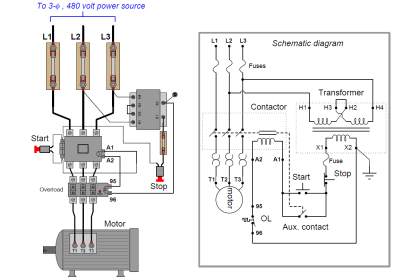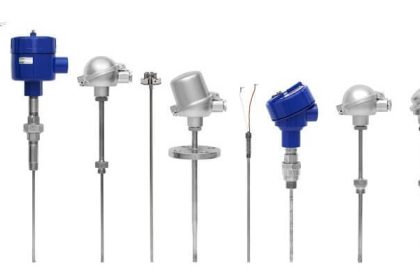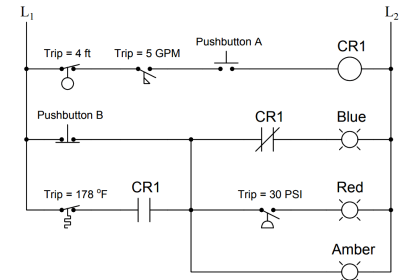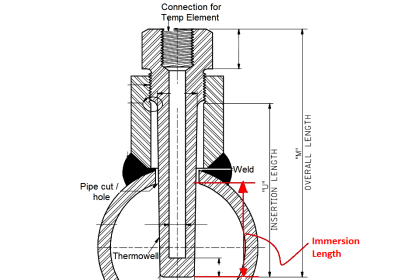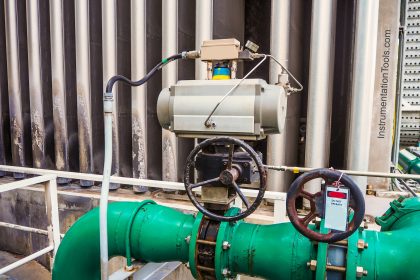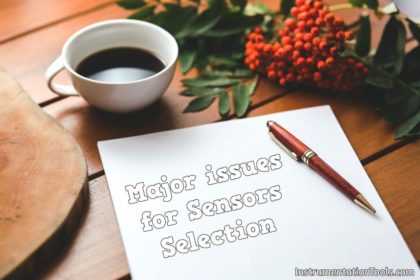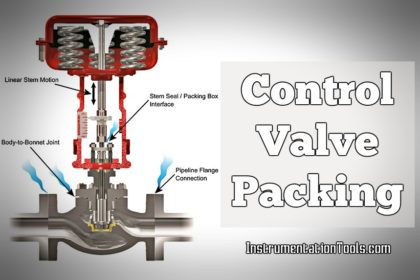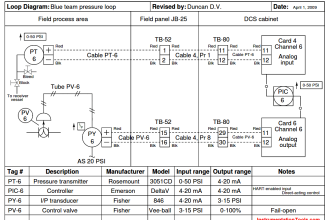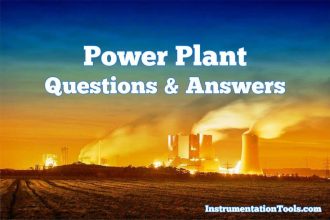Sagging occurs when the Load increases on Cable Tray.
So here’s few possible solutions
1. Increase Support Frequency
When we reduce the distance between two consecutive support, this would strengthen the load carrying capacity of the tray.
Usually we provided support to cable tray every 3 m, If still the load is high the support could be given every 2.5 m or so .
But yes increasing support is not always feasible to do so !!
Example your support is running via pipe rack or other reasons. So below options can be evaluated
2. Increasing Collar Height
Like we have a collar attached to the shirt
A Collar is attached to the plate of cable tray also called depth of cable tray.
The higher the we increase the collar length the more strength it gives to the cable tray.
Also at some places an extra collar is added inside cable tray to separate the DO and AI,AO,DI signals ,This also adds to strengthen the cable tray
3. Changing Type of Tray
Ladder type has higher load bearing capacity than perforated tray.
The ladder tray has rods called rungs which provided higher load bearing capacity
Obviously there are other trade offs if those are acceptable then changing type could solve the problem
4. Changing Width of Tray Will “Not” Help
Just as a side note
Changing width of cable tray will not be helpful
i.e Changing from 300 mm Cable tray to 900 mm Cable tray will not help to increase the load bearing capacity .
Thanks for reading !
PS: This is as per best of my current understanding
NOTE :- There are TONS of more solutions available also !! so run your creativity wild !!
Author : Asad Shaikh
Profile : Linkedin
